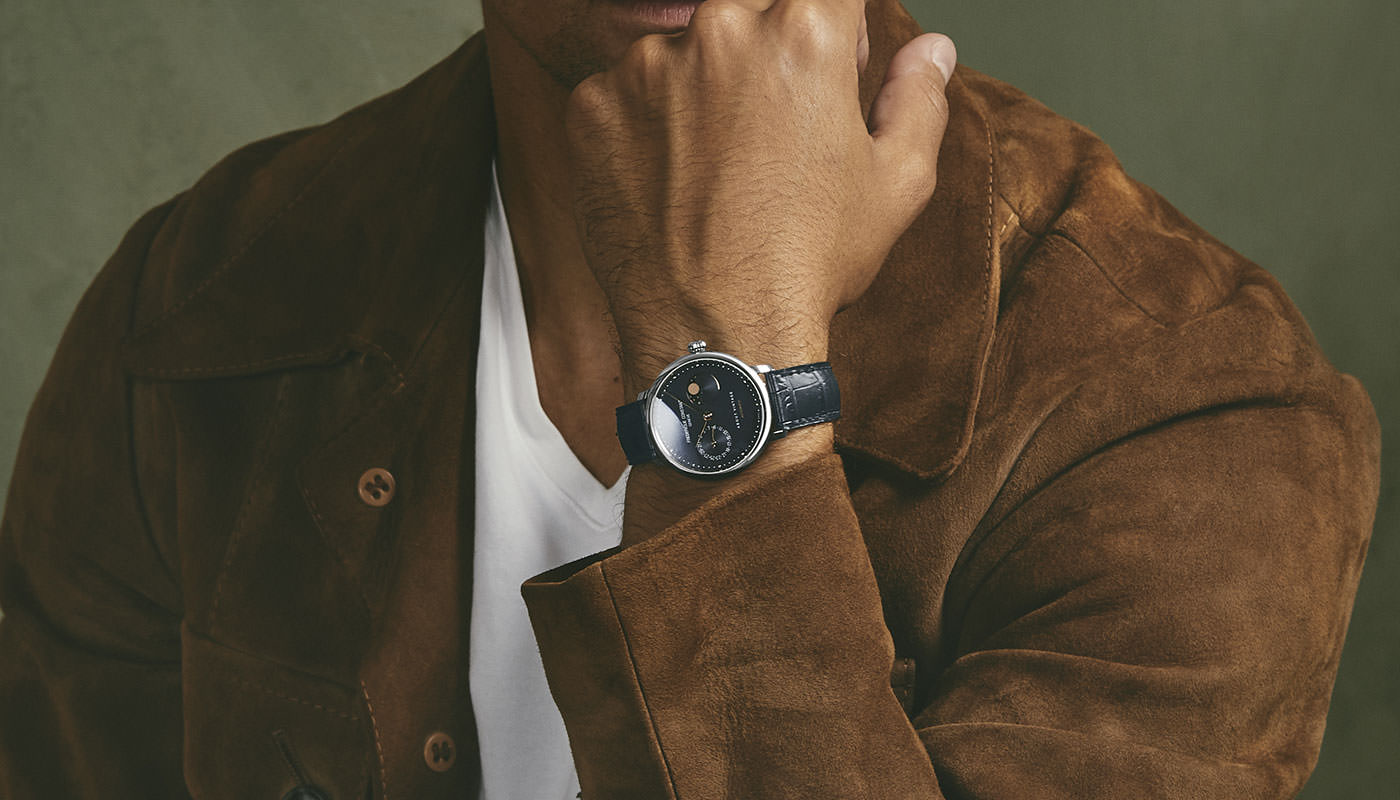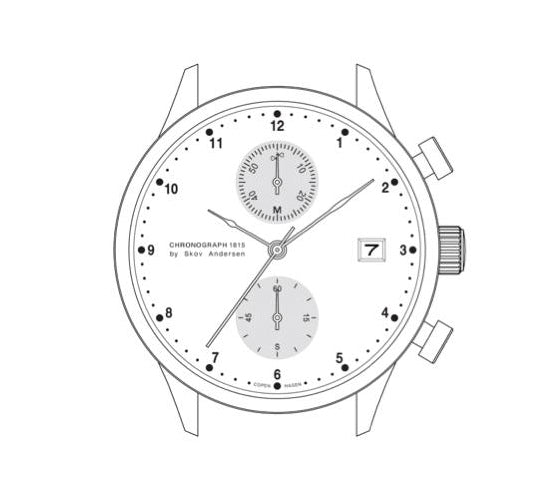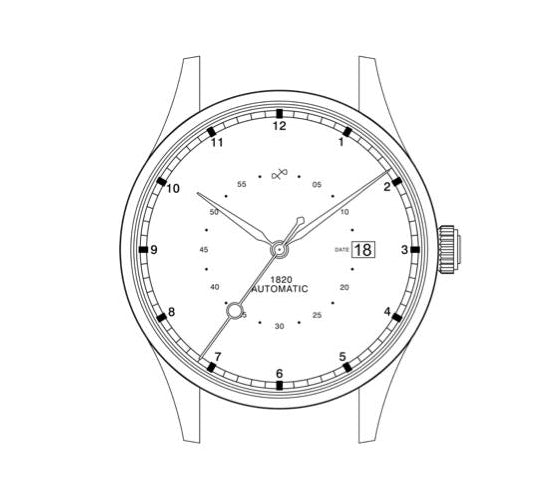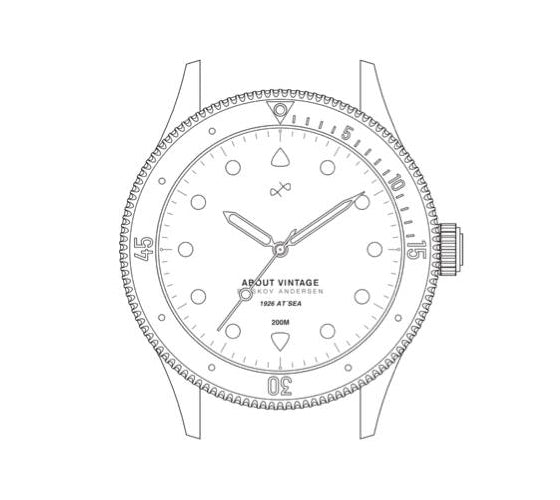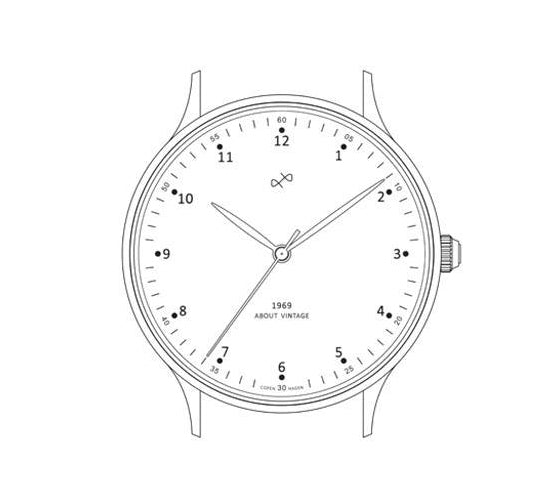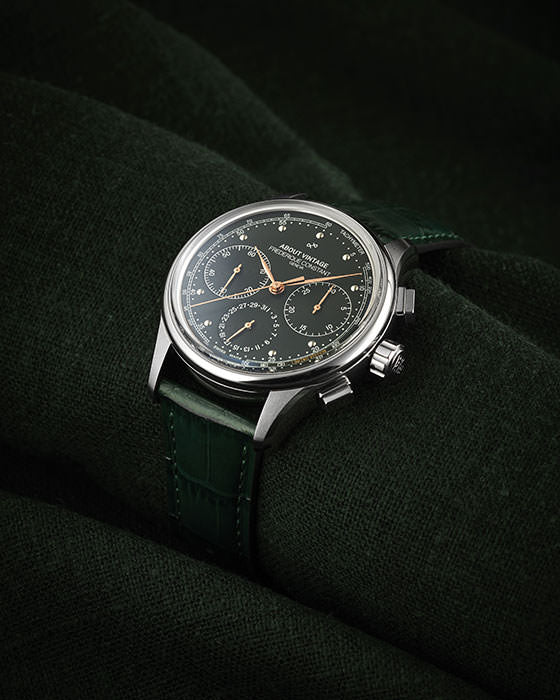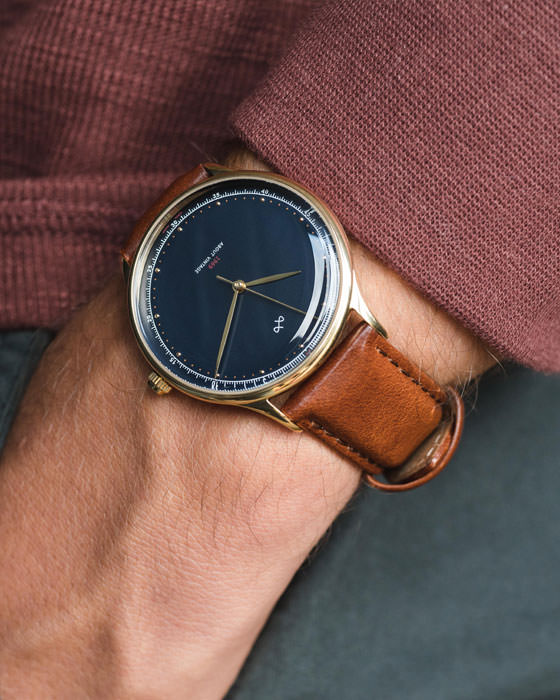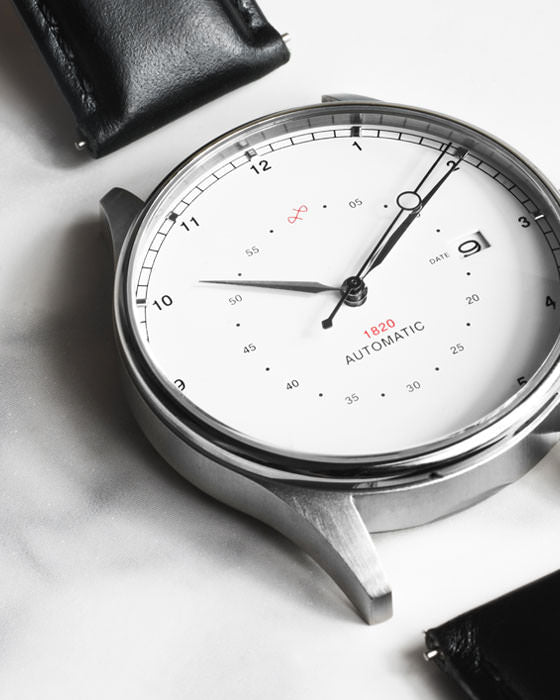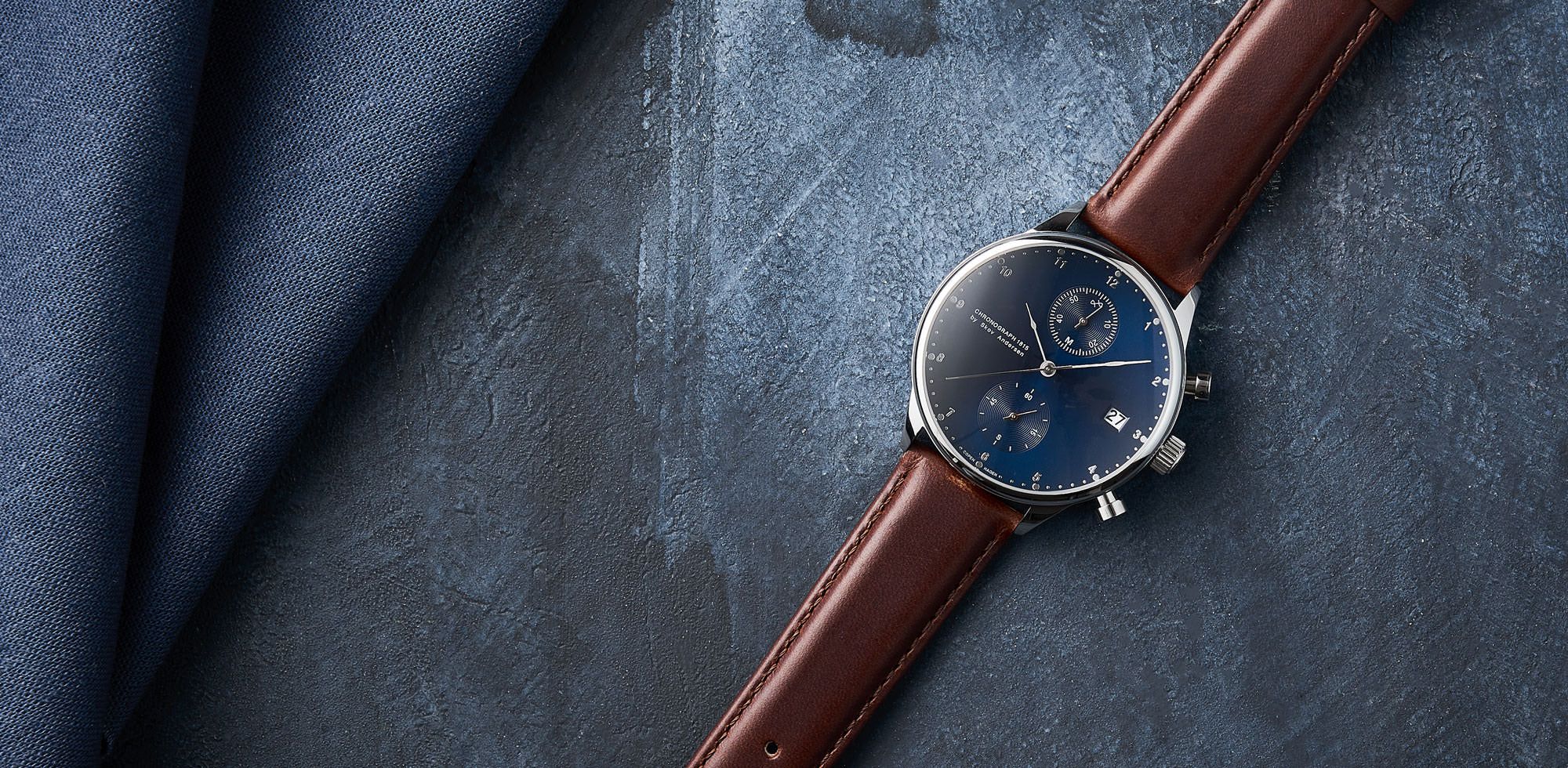"Much has been printed in European papers of the subject of strap watches as part of military equipment. This has attracted a good deal of attention, since modern warfare has demonstrated the necessity for officers and soldiers to know the time." There is then a detailed discussion of the rapid evolution of the wristwatch, and the story concludes, "Until recently, the bracelet watch has been looked upon by Americans as more or less of a joke. Vaudeville artists and moving-pictures actors have utilized it as a fun-maker, as a 'silly-ass' fad.
 "Now, however, since preparedness has become the watchword and timepieces have become a necessary part of the equipment of soldiers, the status of the wrist watch is changing. The objectors are now willing to concede the value of a bracelet watch for general outdoor life, but have not quite reached the point where, after poking fun at it, they can consistently adopt it for all occasions."
"Now, however, since preparedness has become the watchword and timepieces have become a necessary part of the equipment of soldiers, the status of the wrist watch is changing. The objectors are now willing to concede the value of a bracelet watch for general outdoor life, but have not quite reached the point where, after poking fun at it, they can consistently adopt it for all occasions."
And what happened next?
You know what happened next. The pocket watch faded into oblivion, except as an object of fascination for the few, and the wristwatch became the ubiquitous and universal tool for portable timekeeping. And most of the time, it was worn on the left wrist. At least one reason for the rise of left-wrist popularity is pretty simple, and it has to do with handedness, and handwriting.
 About 10% of the population is left-handed and it was not unusual, once upon a time, for lefties, once they started school, to be forced to write with the right hand (the Soviet school system enforced this uniformly, for instance). There are many reasons for this, including cultural bias against lefties, and the fact that many appliances and tools are designed on the default assumption that the right hand is the right hand. A mechanical can-opener is just one example. A perhaps more practical reason for enforcing right-handedness has to do with writing.
About 10% of the population is left-handed and it was not unusual, once upon a time, for lefties, once they started school, to be forced to write with the right hand (the Soviet school system enforced this uniformly, for instance). There are many reasons for this, including cultural bias against lefties, and the fact that many appliances and tools are designed on the default assumption that the right hand is the right hand. A mechanical can-opener is just one example. A perhaps more practical reason for enforcing right-handedness has to do with writing.
For righties, however, this was a non-issue from the start. And if you write with your right hand, the left wrist is the natural place to keep a watch out of harm's way. Considering that 90% of the general population use their right hand over their left for a lot of other things besides writing, even when the fountain pen gave way to the ballpoint, it still made more sense for righties to be lefties when it comes to wearing a watch.
 Writing by hand has largely given way to typing (with your thumbs, a lot of time) and this makes me wonder if there is going to be a trend towards watches being worn more often on the right wrist, just because a person prefers the look and feel. Without writing by hand a lot of the incentive to put a watch on the left wrist is gone, at least for us shiftless knowledge-workers who don't actually produce anything.
Writing by hand has largely given way to typing (with your thumbs, a lot of time) and this makes me wonder if there is going to be a trend towards watches being worn more often on the right wrist, just because a person prefers the look and feel. Without writing by hand a lot of the incentive to put a watch on the left wrist is gone, at least for us shiftless knowledge-workers who don't actually produce anything.
All contents come from the website : https://www.hodinkee.com/
